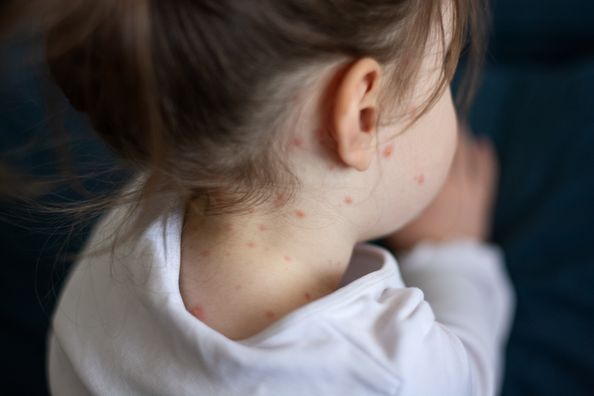What is Keratosis Pilaris?
Keratosis Pilaris (KP) is a skin condition that causes rough patches accompanied by small, acne-like bumps. The bumps are usually white, but can be red and generally don’t hurt or itch. KP is found on the arms, thighs, cheeks, and buttocks. KP isn’t serious, but can be frustrating to treat; however, KP normally disappears by age 30.
What causes Keratosis Pilaris?
Keratosis Pilaris is hereditary, which means it should be present in other family members. It is caused by excess build-up of dead skin cells around individual hair follicles. It is not caused by soaps, laundry products, or allergies. It is commonly seen in children and teens, but can begin as early as infancy.
How is KP diagnosed?
In most cases, Keratosis Pilaris can be diagnosed by examining and touching the affected area of the skin.
Is Keratosis Pilaris a serious condition?
KP is a benign skin condition that has no effects on other parts of the body.
What is the recommended treatment for KP?
Treatment of Keratosis Pilaris is not medically necessary; however, many people with this condition choose to seek treatment for cosmetic reasons. A common initial treatment of Keratosis Pilaris is intensive moisturizing. This may help with the dryness, but usually does not clear up the bumps. Treatment recommended for moderate to severe cases of KP are topical lotions or creams containing urea (Carmol 10 or 20) or lactic acid (i.e. AmLactin or Lac-Hydrin), and topical retinoids. Mild peeling agents (alpha-hydroxy acids and skin-smoothing scrubs) are the most effective in opening the clogged hair follicles by removing the excess keratin.
Can KP be completely cured?
Unfortunately, there is no known cure for Keratosis Pilaris. Although the condition may remain for years, symptoms usually lessen by age 30. Recommended treatment for KP are mainly for the temporary relief of symptoms, but may lessen the visibility and texture of the bumps. Results will vary from person to person, which simply means that what may work for one person, may not work for another.
Health Topics:







